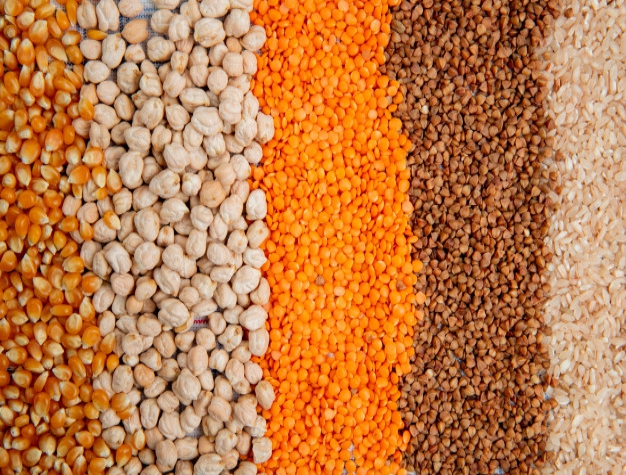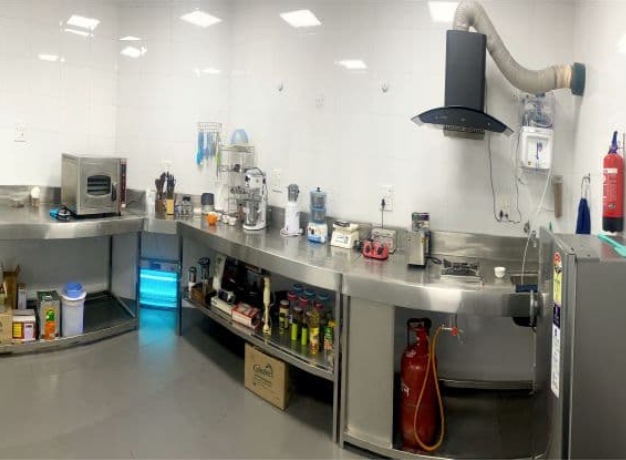Why Gluten Free Food Products Cost More..?

It’s normally seen that when someone goes to the market to buy gluten free food products, they are surprised to see the cost of the goods, which is 3 to 4 times costlier and as a result, they form an opinion that the manufacturer is making huge profits and thus forming a wrong perception about the whole gluten free business without analysing and going into the depth about WHY.

A celiac or gluten intolerant person has to be on a lifelong gluten free diet, thus the economics of buying costlier food products disturb the budget and is also demoralizing. (Celiac disease is an autoimmune disorder and genetically disposed of, the patient has no role to play in acquiring this disease). But let us study why gluten frees are expensive food not only in India but across globally too and can their cost be brought to the same level as normal food.
The first and foremost reason for gluten free food to be expensive is that grains like wheat, barley and rye are replaced by naturally gluten free grains like rice, maize, quinoa, sorghum, millets and legumes. It is very important to note that it’s never one grain replacing one wheat grain to make gluten free food as it is not complete in itself like giving the same taste, aroma, texture, elastic properties of gluten grain.
To replace wheat, combination of many grains, legumes and millets have to be tried in permutation to bring the taste nearer to wheat and barley. If one grain like rice could have replaced wheat in all its properties, surely gf food would have been cheaper but alas that’s not the case to be. These combinations of multiple grains with millets and legumes make the cost of the base flour to be costlier which in turn make all the products made out of the base flour like cookies, savories, fresh bakery ‘expensive’.

Just to give an example of cost implications, wheat flour may cost around Rs. 35/- per kg and rice ( Rs. 30/-) in combination with black split grams (₹ 120/-), Bengal chana grams ( Rs. 75/- per kg) will bring the cost to be around three times the base price. Anything made from this flour will always be costlier than products made out of maida or wheat flour.

Another major reason which is seen in making gf foods costlier is replacing gluten which is missing. Gluten is the protein that gives elasticity and moulding properties to wheat. The softness in naan, rumali roti, bread, kulchas, burgers is due to the rising power of the gluten when it reacts with water to ferment.
To replace natural gluten in gluten free food is done artificially by gums. Gums are derived naturally and are used in many other applications of food made by chefs all across the world. They are Hydrocolloids and are used to improve quality attributes and shelf-life. The two main uses of it are as a thickening and gelling agent. From soups to gravies as thickening agents to gelling agents in a jam, jelly, marmalade they play an important role. Xanthan gum, locust bean gum, guar gum, Arabic gum to carrageenan are a variety of gums that manufacturers use in gluten free flour as a replacement for gluten. Though it doesn’t replace the properties of gluten none the less they are good alternatives but they are expensive and they add to already costly gluten free flour.
Whenever we talk of 8 billion dollar gluten free global industry size that is expected to grow in 2024, it’s not all consumed by gluten intolerant/celiac persons. On the contrary, the majority of gluten free foods are consumed by those who might not require them as a medical condition but as healthier options that suit their gut and digestion.
Very few experts are available to make such foods and they come with a price. Also, entrepreneurs and gluten free manufacturers who jump into this business, have to train their manpower, especially for gluten free manufacturing. Procurement of grains which are sieved manually and also double sorted to ensure that not even single grain of wheat/barley/rye goes into manufacturing add to the cost. Entrepreneurs can’t buy big automatic plants as the requirement in the market is much lower than the capacity of available machines. Economy of scales is not applicable in this field and involvement of manual labour and manufacturing in smaller batches hikes the production cost.
The last but not the least reason which enhances the cost is expectations of the retail segment which think that it’s a special food and compare them with imported goods. They expect higher margins and want gluten free manufacturers to increase the MRP of the products so that they have more profits. It becomes counterproductive to people who are in continuous requirement of gluten free foods as their food is their medicine.
All the above factors add up and make gluten free food products expensive. Most of the reasons are genuine and until or unless only rice and corn are used to replace wheat and barley, the gluten free food can never be cheap. But rice and corn cannot give nutritionally balanced food and to do that, many grains, legumes and millets are added so that low carbohydrates, good proteins, fats and fibre are there in the meal to keep the gut of person in good health. To stay in good health and to bring happiness in life we need such grains and they come at a price.
About the author:

HPS Lamba is the founder and Managing Director of two famous Gluten Free Brands – Wheafree and Everhealth. Apart of holding various positions at industrial associations, he is Industry Expert at Incubation Committee and Board of Studies at Thapar University.

Lila
I appreciate, result in I discovered just what I was looking
for. You’ve ended my 4 day long hunt! God Bless you man. Have a nice day.
Bye
Kristy
This is one awesome blog.Thanks Again. Really Great.
Anonymous
Really enjoyed this post. Really thank you! Keep writing.
Benson
Really enjoyed this post. Really thank you! Keep writing.
YK
Thanks for the article post.
Yosh
Thank you ever so for you blog. Really looking forward to read more.
Patrice Krisher
Dude these articles are amazing. They helped me a lot.
Jefferson Oza
Thank you for your help and this post. It’s been great.
Josue Aubertine
Its a good article. Thank you!
Bembi
I appreciate, cause I found exactly what I used to be taking a look for. You’ve ended my 4 day long hunt! God Bless you man. Have a great day. Bye
Koellner
It?s really a great and useful piece of info. I?m glad that you shared this useful info with us. Please keep us up to date like this. Thanks for sharing.
Gluten-Free Flour Basics
gf flour is often more expensive than regular flour. The ingredients you might need to add to the gluten-free recipe are often more expensive